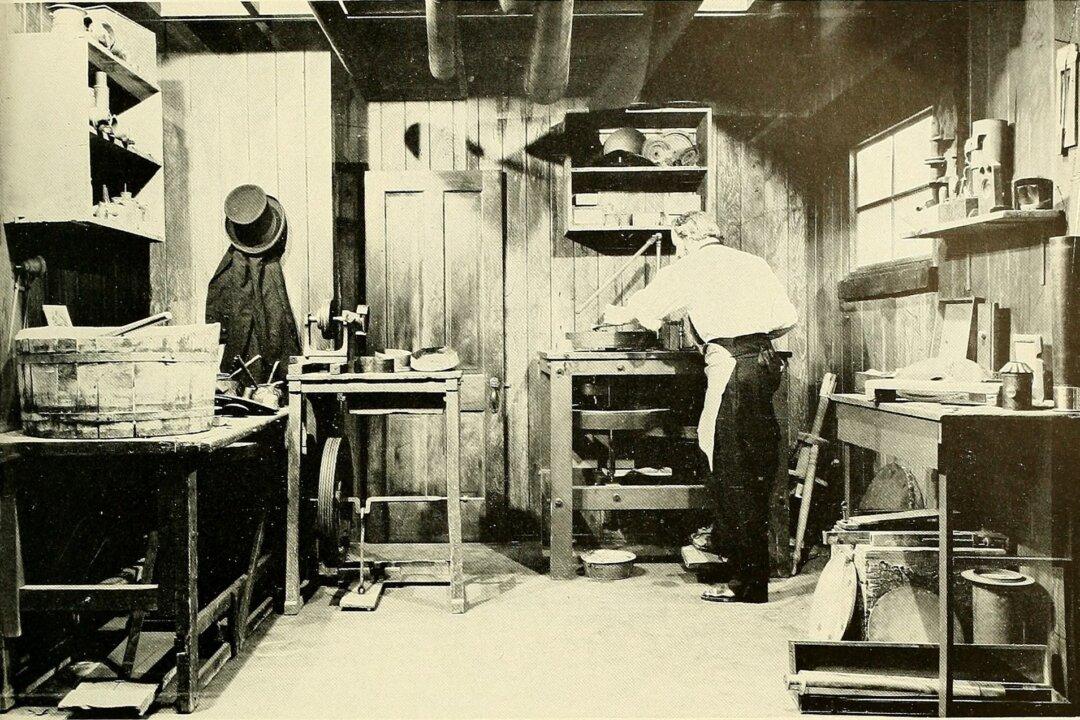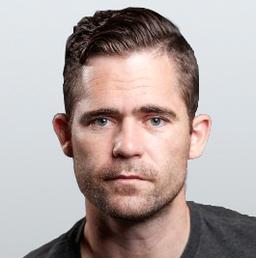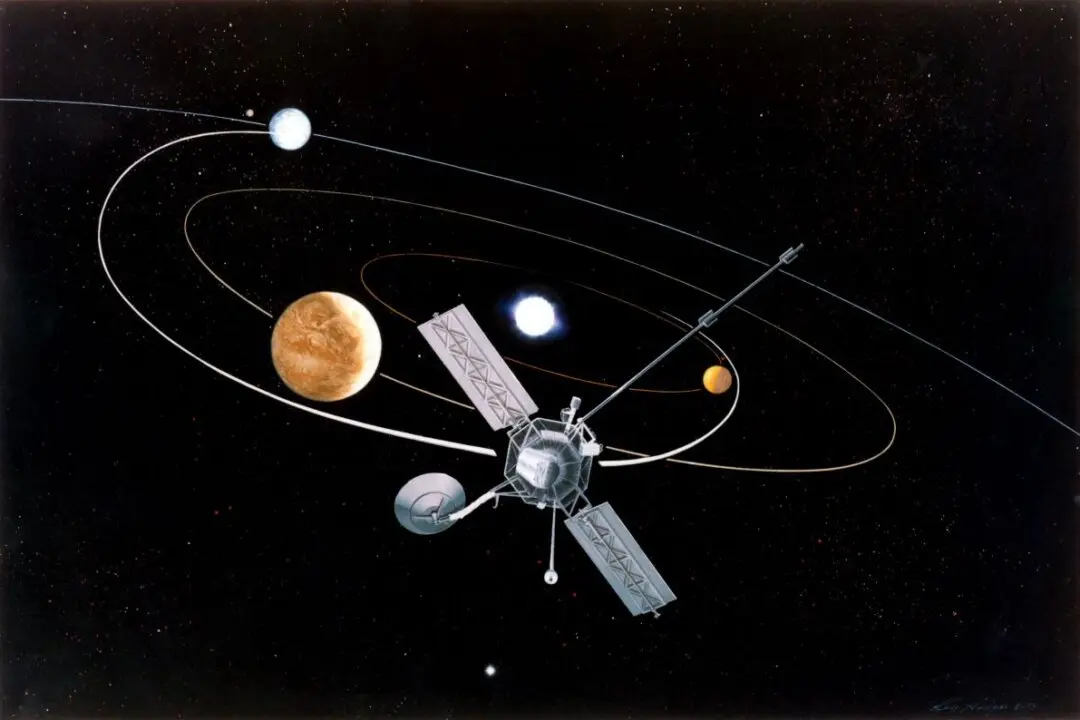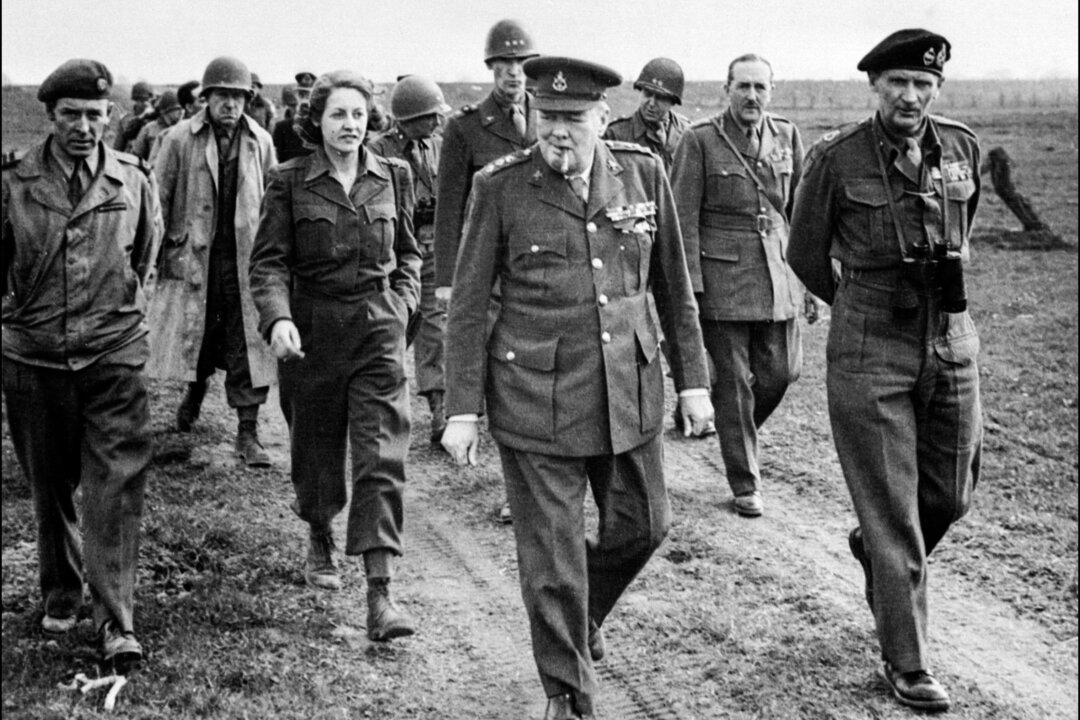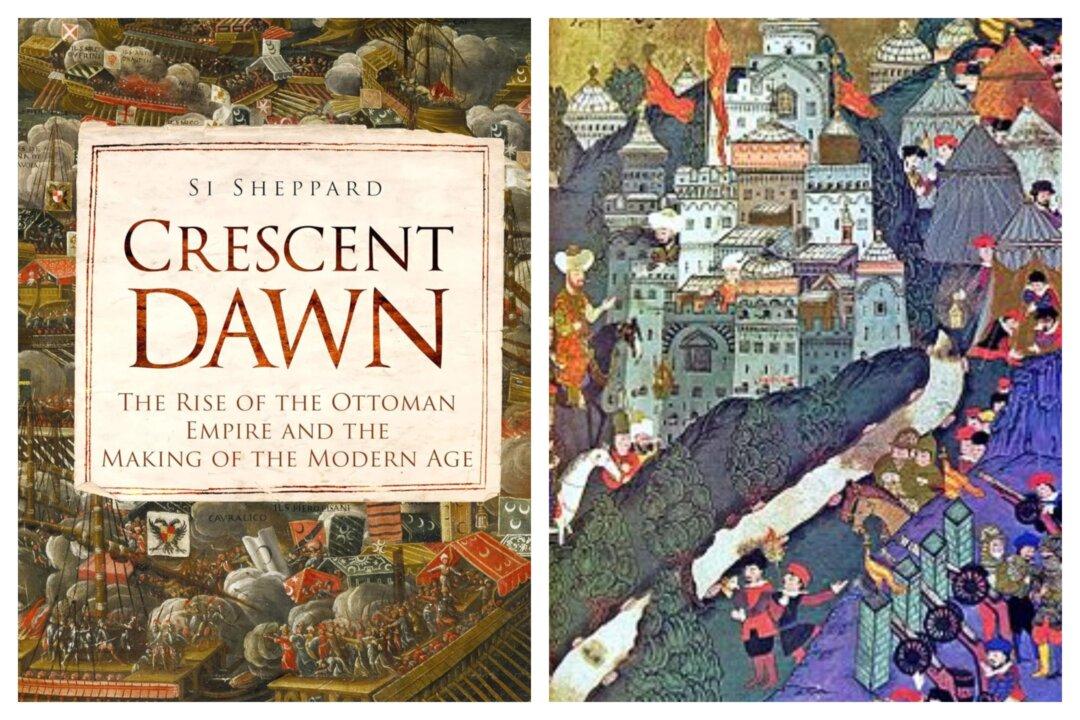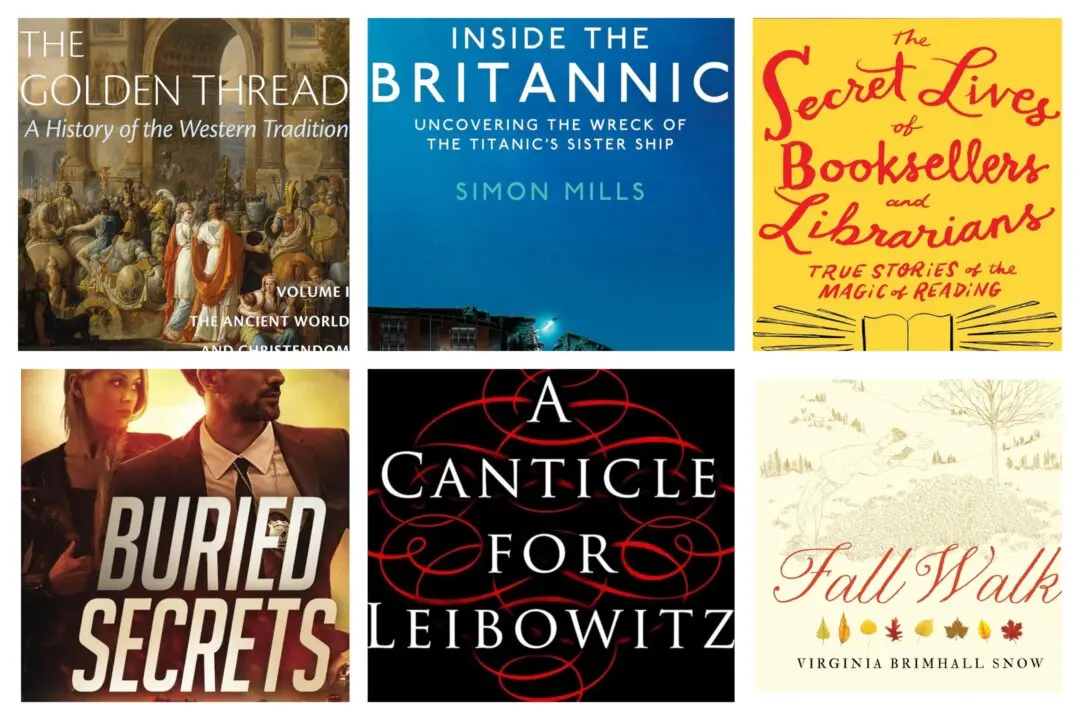Henry Fitz Jr. was always interested in how things worked. As a locksmith journeyman, he saved his money, studied astronomy, and built his own telescopes. Soon his telescopes rivaled the finest in the world and were placed in some of the country’s most prestigious observatories.
Henry Fitz Jr. (1808–63) was born in the small town of Newburyport, Massachusetts, where the Merrimack River meets the Atlantic Ocean. The town was known for its maritime trade and shipbuilding. Henry Fitz Sr., however, was a hatter. A few years after his son’s birth, disaster struck the city.

